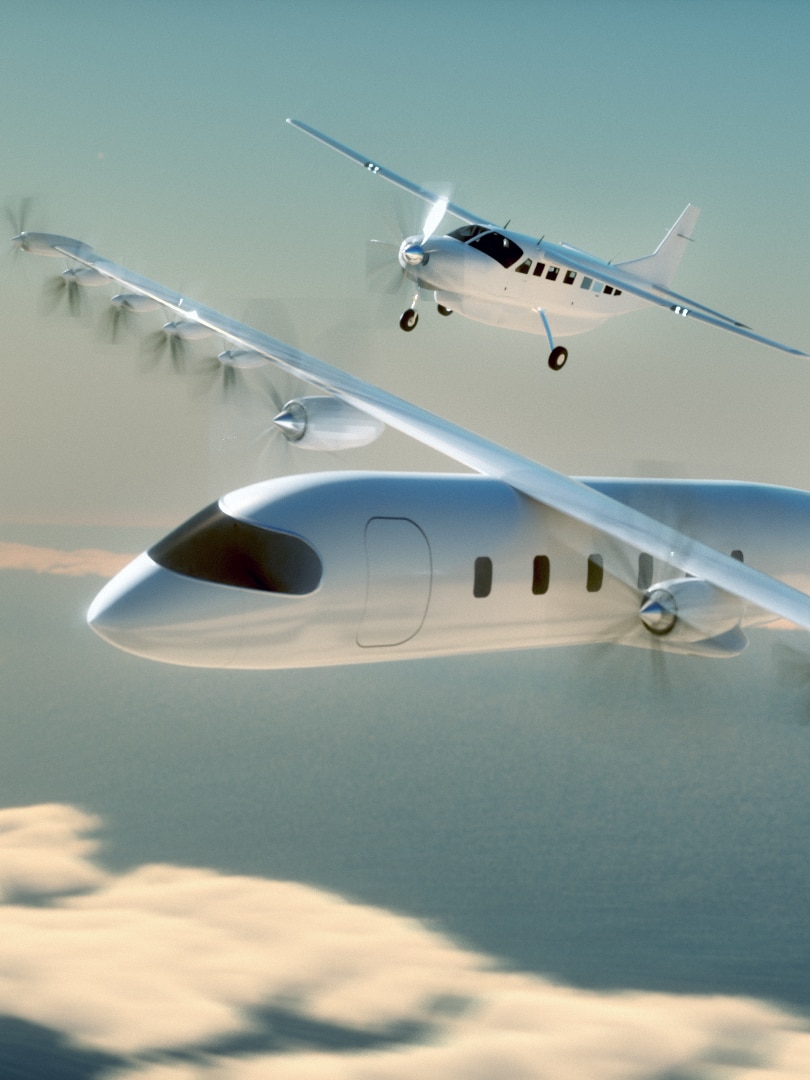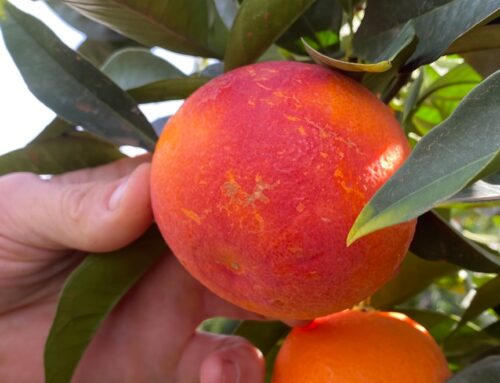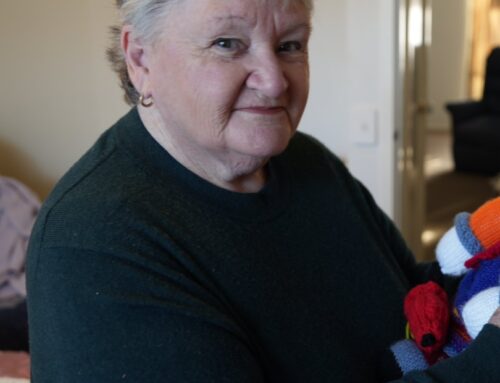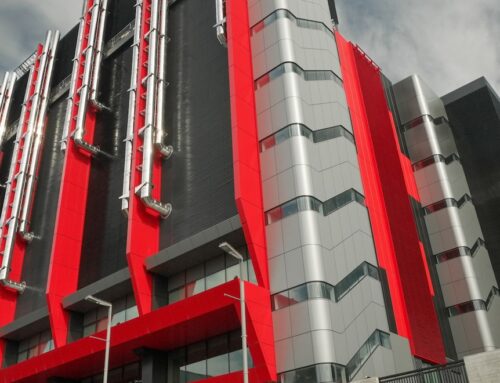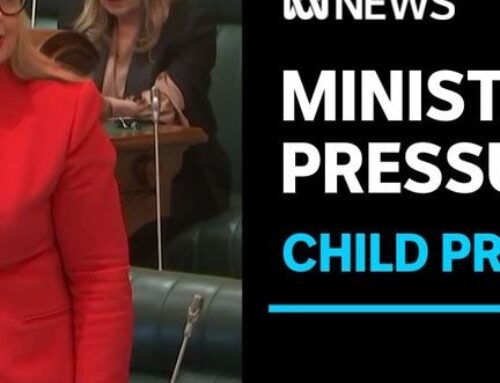Since the start of this century, the Australian aviation industry has more than doubled its carbon emissions as more passengers take flight, prompting a closer look at the potential for electric planes.
More than 57.5 million passengers travelled by plane domestically in the year to January 2024, and air travel is expected to double globally by 2040.
The country’s aviation industry contributed about 23 megatonnes of emissions, but the International Air Transport Association, which represents 300 airlines, is determined to achieve net zero by 2050.
Experts say there is a range of energy sources outside of conventional jet fuels that can be used to power planes, and we are likely to see these aircraft flying commercially as soon as next year.
So just like electric vehicles, are electric aircraft the way of the future?
How does it work?
Companies aiming to decarbonise aviation are either retrofitting existing aircraft by replacing combustion engines with green propulsion systems, importing, or manufacturing new all-electric planes.
The major players creating engines include Dovetail Electric Aviation and Kite Magnetics in Victoria, and Stralis in Queensland, using hydrogen-electric propulsion systems and electric motors.
Dovetail is the first company in Australia to develop and test a hydrogen propulsion system specifically designed for aviation.
It showcased its engine at the official opening of Australia’s first electric aircraft development centre at Latrobe Regional Airport in Victoria’s east last month, in collaboration with the state government.
“There are companies developing brand new aircraft from scratch, and actually this is also part of our road map, but that may take a decade,” Dovetail chief executive David Doral said.
“While by retrofitting existing airframes, we can make electric aviation a commercial reality as quickly as two years.”
Meanwhile FlyOnE, based in Perth, has imported three Alpha Electros — two-seater electric aeroplanes — which are being used for private hire and pilot training with plans to expand to provide electric air taxi transport.
The Alpha Electros are the only certified electric aircraft currently flying in Australia.
Since beginning electric flight operations in 2022, FlyOnE has had more than 1,400 passenger movements.
What energy sources can be used?
The main sources of energy being considered for emissions-free aeroplanes include rechargeable batteries and hydrogen-electric propulsion systems.
Rechargeable batteries are more advantageous for smaller, piston-powered aircraft of under nine seats, flying short distances.
FlyOnE aeroplanes use a regular lithium-ion battery which suit the plane in size and weight.
Mr Ellis said the batteries had already been widely tested in other industries and therefore were easier to approve for use in the aviation industry.
The range on FlyOnE’s planes is between 40 and 50 minutes, although theoretically they are forecast to be used for about 90 minutes.
“The time depends on payload and weather conditions. On warmer days the aircraft’s a bit less efficient. When the air is cooler and denser we can get more flight time,” Mr Ellis said.
For larger aircraft flying longer distances, Mr Doral said hydrogen-electric engines were better suited, using hydrogen fuel cells and batteries to replace turbine engines.
Dovetail has partnered with Regional Express (Rex) and Sydney Seaplanes to eventually retrofit their fleets.
How safe are they?
For electric aeroplanes to be deemed safe they must be certified by the Civil Aviation Safety Authority (CASA) or by an Australian-recognised overseas equivalent.
But proprietors say electric aircraft should be even safer than regular aeroplanes.
The certification process for electric aircraft requires additional special conditions that must be complied with to ensure they meet required safety standards.
“The biggest challenge is that the application of this technology is new and novel and as such creates many unknowns,” a CASA spokesperson said.
The spokesperson said the authority had not yet certified any electric powered aircraft, but had received one application for a new design of an electric powered aircraft.
“There are a number of Light Sport Aircraft which are operating in Australia based on the manufacturer’s claim of compliance against the Light Sport Aircraft airworthiness standards,” they said.
“However, there are numerous other organisations who are in discussions with CASA on the development of electric powered aircraft, including the modification of existing turbo-prop or reciprocating engine aircraft to electric power.”
For Dovetail, Mr Doral said the biggest challenge would be to achieve CASA certification and to demonstrate that the different components were robust and safe enough to carry people.
He said weight would also need to be reduced to make the engine commercially viable.
“Both technologies [batteries and hydrogen fuel cells] to optimise the total system weight. But also … make the whole technology safe,” Mr Doral said.
How costly is the transition?
Mr Ellis said the cost to consumers may not be apparent for some time, but both airlines and passengers would benefit in the long-term.
“People are going to have to recoup the cost of their investment in this new aircraft,” he said.
“But legacy aircraft will continue to get more expensive to operate as fuel increases in price and decreases in availability.”
He said the service and maintenance schedule on an electric aircraft was less intense and would be quicker to inspect.
“Because there’s no heat, no vibration. The biggest thing that wears out planes is vibration,” Mr Ellis said.
“There’s only 15 to 20 moving parts in an electric plane so these inspections are quick and easy.”
Mr Doral said Dovetail was planning to reduce operational costs by 40 per cent which would allow for frequent commercial flights from small and regional airports “because we don’t need to fill a 100-passenger aircraft to make it viable”.
“That’s actually our business model, to modify aircraft that can carry 10, 15, 20 people and make those routes affordable, viable, and attractive for communities, for airlines, and for passengers,” he said.
Where are we likely to see electric aircraft?
FlyOnE is already flying its two-seater aircraft privately in Perth and Melbourne but expects to fly commercially by this time next year.
Mr Ellis said it was likely multiple operators would have fleets of electric planes of up to six seats before 2030.
Dovetail will begin testing retrofitted aircraft next year in regional Victoria with hopes to have a product in the market by 2026.
Swinburne University Aerostructures Innovation Research Hub director Dr Adriano Di Pietro said regional areas were likely to pioneer electric aviation due to less air traffic.
He said companies were less likely to base themselves in cities due to competition with other ground transportation systems.
“We actually have a real critical requirement in Australia because we have our vast country and hostile environment,” he said.
“Aviation — that’s the rail network for Australia.”
Long-haul flights a way off
For larger aircraft flying long-haul domestic and international routes the transition to zero emissions is expected to take longer.
Boeing is investing in blended Sustainable Aviation Fuel (SAF) which combines conventional jet fuel (CJF) with fuel made from waste by-products.
SAF can reduce carbon emissions by between 60 to 100 per cent and produces less particulate matter compared to conventional fuel.
Dr Di Pietro said larger aircraft would be the last to transition to electric, with SAF likely to be a stepping stone in the interim.
“And then during the next phase, a fleet renewal, that’s where a lot of the [manufacturers] like Airbus and Boeing and whatnot are looking at alternative propulsion systems,” he said.
“That probably won’t happen till 2035-2040 … with those hydrogen or hydrogen-electric variants.”
Get our local newsletter, delivered free each Tuesday
Posted , updated

